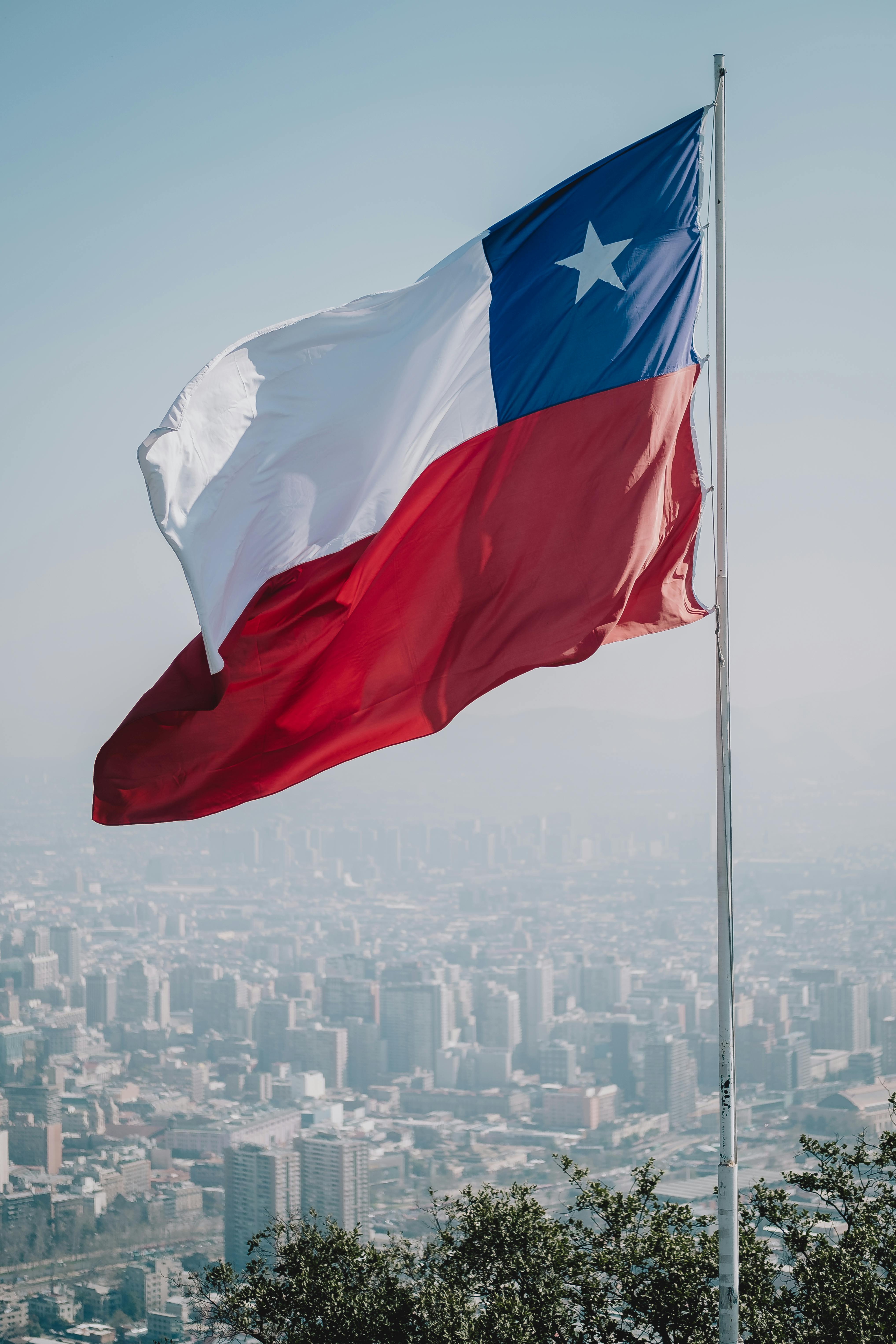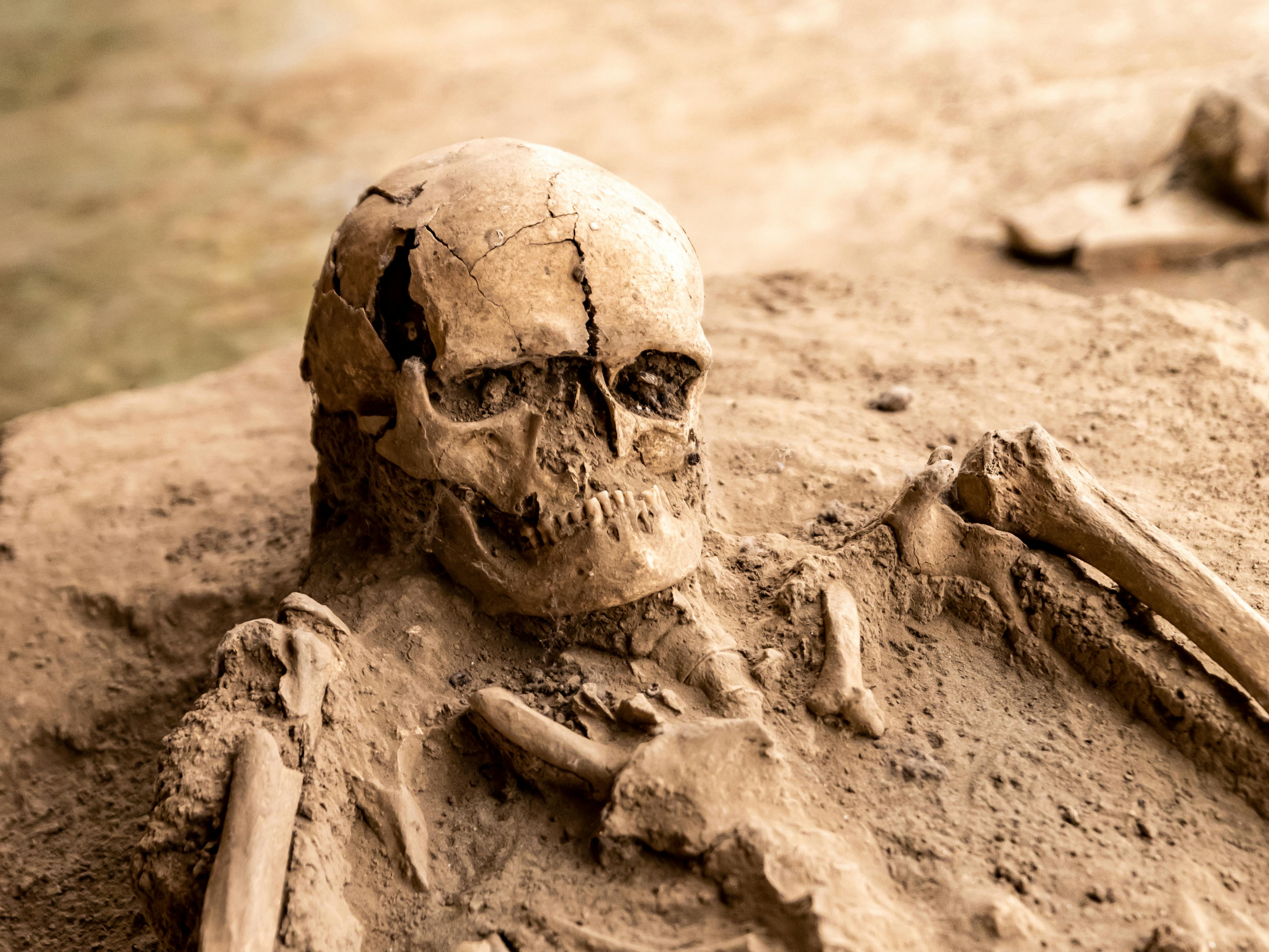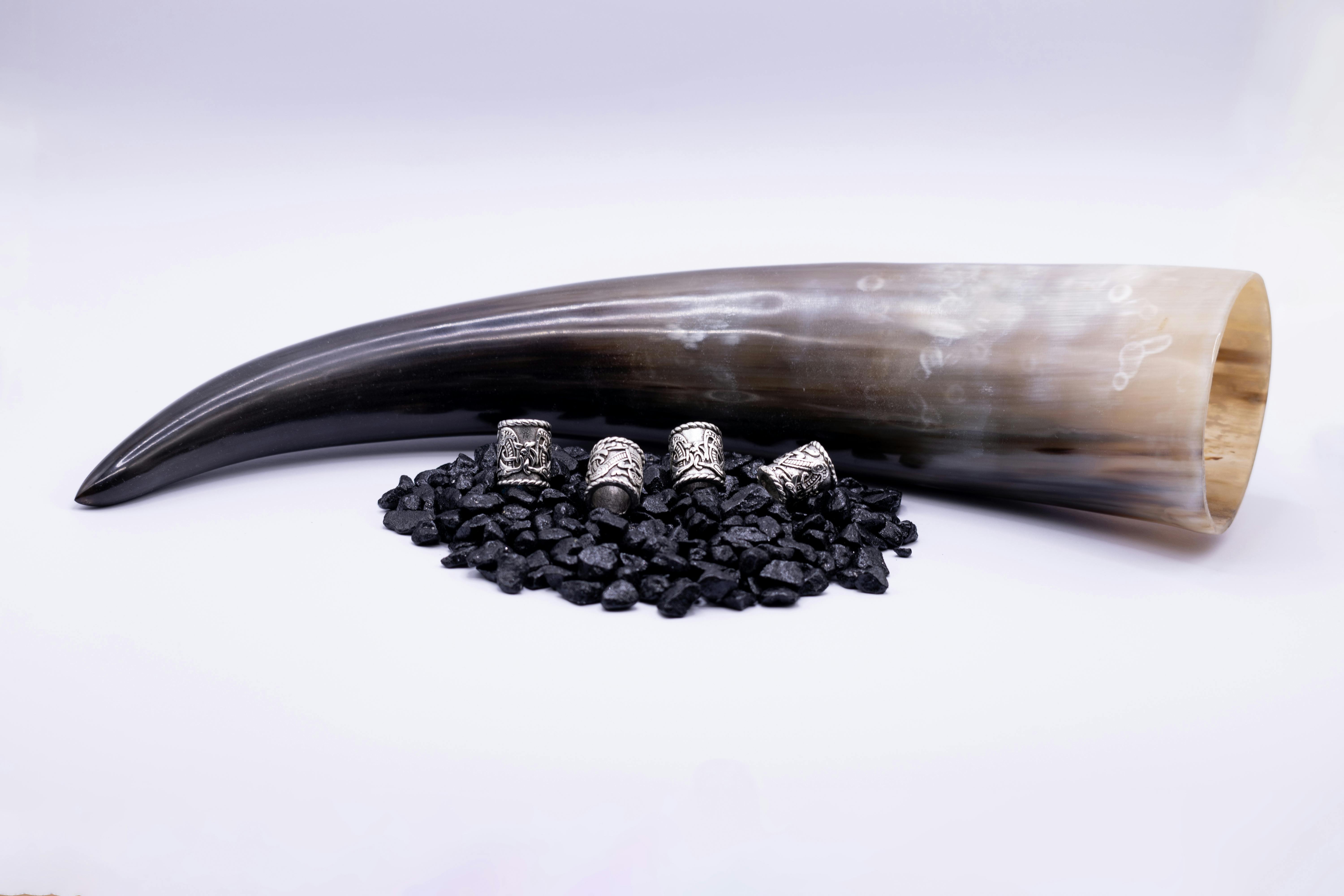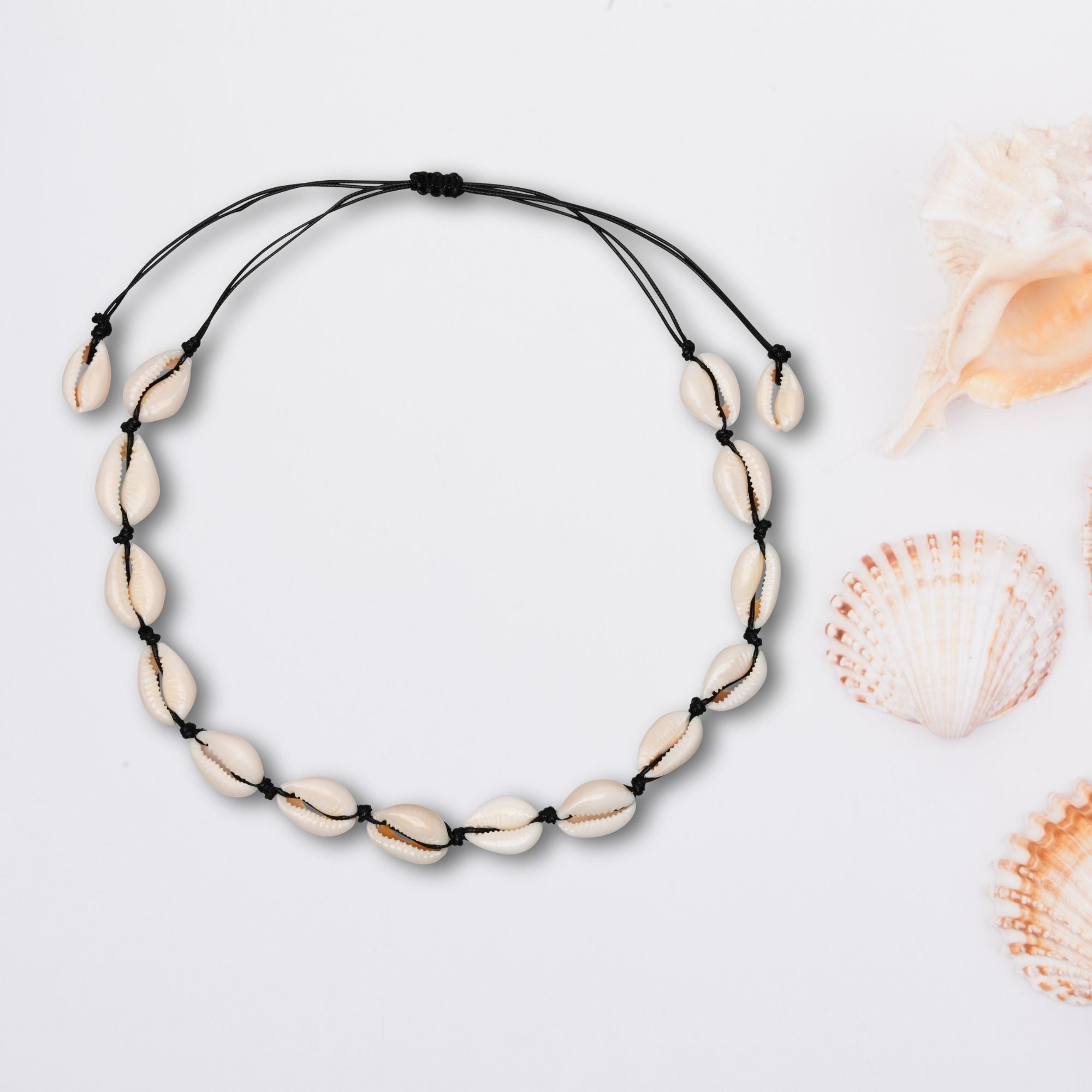Intricate and captivating, cowrie shell necklaces have a rich history and symbolism that dates back centuries. These stunning adornments have graced the necks of individuals from various cultures, symbolizing wealth, status, fertility, and protection. From ancient civilizations to modern times, cowrie shell necklaces continue to be treasured for their beauty and significance. Join us as we explore the fascinating history and symbolism behind these timeless pieces, revealing a world of tradition and meaning that transcends time.

Ancient Origins
Cowrie shell necklaces have a rich and fascinating history that dates back thousands of years. These beautiful shells have been used and cherished in various cultures across Africa, Asia, and the Pacific Islands. Let's uncover their ancient origins and explore their significance in different societies.
Early Uses in Africa
In Africa, cowrie shell necklaces have a profound cultural and spiritual significance. They were commonly used as currency and played a crucial role in trading systems throughout the continent. Due to their scarcity and unique appearance, cowrie shells were highly valued and sought after by local communities.
Spread to Asia and the Pacific Islands
Throughout history, cowrie shells found their way to Asia and the Pacific Islands through trade routes and cultural exchanges. They became popular adornments in these regions, adorning ceremonial costumes and serving as symbols of wealth and status. The beauty and versatility of cowrie shells made them a desirable and treasured item in these societies as well.
Significance in African Culture
The use of cowrie shell necklaces is deeply ingrained in African culture, with various beliefs and practices associated with them. Let's explore their cultural and spiritual significance as well as their role in traditional ceremonies.
Cultural and Spiritual Beliefs
In many African cultures, wearing cowrie shell necklaces is believed to bring good fortune and protect against negative energies. They are often seen as a symbol of prosperity, fertility, and abundance. These shells serve as a link between the spiritual world and the physical realm, connecting individuals to their ancestors and the natural forces of the universe.
Role in Traditional Ceremonies
Cowrie shell necklaces play a significant role in traditional African ceremonies, such as weddings, initiations, and coming-of-age rituals. The shells are often worn as talismans or incorporated into intricate jewelry designs that hold deep cultural meaning. They represent the traditions, values, and heritage of the community, binding individuals together in a shared sense of identity.
Symbol of Wealth and Status
In many African societies, cowrie shell necklaces are an outward display of wealth and social status. The larger and more ornate the necklace, the higher the rank or standing of the wearer. These necklaces are often passed down through generations, symbolizing the lineage, affluence, and prestige of the family. They are a proud and vibrant expression of cultural heritage.

Cowrie Shells in Ancient Egypt
Egypt, with its rich history and mythology, holds a special place for cowrie shells. Let's delve into their symbolism in Egyptian mythology, their use in royal regalia and jewelry, and their connection to the goddess Isis.
Symbolism in Egyptian Mythology
In ancient Egyptian mythology, cowrie shells were associated with the sky goddess Nut, who was believed to bring protection, abundance, and fertility. The shape of the shells was reminiscent of the womb, linking them to creation and fertility. Cowrie shells were also seen as powerful symbols of the moon and its cyclical nature.
Use in Royal Regalia and Jewelry
Egyptian pharaohs and members of the royal court adorned themselves with opulent cowrie shell jewelry. These shells were incorporated into headdresses, collars, and belts, adding an air of prestige and divine connection to the wearer. They were often combined with precious metals and gemstones, showcasing the wealth and power of the ruling elite.
Connection to Goddess Isis
The goddess Isis, worshipped in ancient Egypt, was often depicted wearing cowrie shell jewelry. As the goddess of fertility, motherhood, and magic, Isis was believed to possess the power to grant protection, healing, and fertility. Cowrie shells were emblematic of her divine presence and were worn as a symbol of reverence and connection to her energy.
Cowrie Shell Trade Routes
The trade of cowrie shells played a significant role in ancient commerce, enabling the exchange of goods and fostering cultural connections across vast regions. Let's explore the trade routes and the impact these shells had on global commerce.
Trade and Exchange in Ancient Times
Cowrie shells were among the first international currencies and were widely used as a medium of exchange. They were transported along ancient trade routes, linking Africa, Asia, and the Pacific Islands. Traders would barter goods such as spices, textiles, and metals for quantities of cowrie shells, which were highly valued across different cultures.
Impact on Global Commerce
The widespread trade and demand for cowrie shells helped foster economic and cultural interactions between distant societies. These shells became a crucial part of long-distance trade networks, stimulating economic growth and driving cultural exchange. The trade of cowrie shells had a lasting impact on the development of economies and societies around the world.
Cowrie Shell Currency
In some regions, cowrie shells even served as official currency. They were used as legal tender in various ancient kingdoms and empires, including parts of Africa, China, and India. This illustrates the significant role these shells played in facilitating trade and economic transactions, further highlighting their value and importance in ancient societies.

Cowrie Shells as Decorative Adornments
Apart from their cultural and economic significance, cowrie shells have also been used as decorative adornments throughout history. Let's explore how they were incorporated into clothing, accessories, and traditional hair adornments.
Incorporation into Clothing and Accessories
In many cultures, cowrie shells were sewn onto clothing and accessories to add a touch of elegance and symbolism. They were used as decorative elements on garments, creating intricate patterns and designs. Cowrie shells were also hand-stitched onto bags, belts, and even footwear, serving as eye-catching embellishments and conveying a sense of style and cultural pride.
Traditional Use in Hair Adornments
Cowrie shells have been widely used in traditional hair adornments, especially within African and Afro-Caribbean cultures. They were threaded onto braids, cornrows, and dreadlocks to create stunning hairstyles with cultural significance. These shell-adorned hairstyles not only showcased creativity but also symbolized beauty, femininity, and cultural pride.
Meaning Behind Shell Placement
In some cultures, the specific placement of cowrie shells held symbolic meaning. For example, wearing shells around the waist could signify fertility and protection, while wearing them around the neck could represent wealth and social status. The placement of the shells varied from culture to culture, reflecting the diverse beliefs and traditions associated with these versatile adornments.
Modern Revival of Cowrie Shell Necklaces
In recent years, cowrie shell necklaces have experienced a resurgence in popularity, becoming a prominent accessory in contemporary fashion. Let's explore their influence, popularity in bohemian and tribal styles, and their appearance on red carpets and in celebrity endorsements.
Influence on Contemporary Fashion
Cowrie shell necklaces have become a sought-after accessory, influencing modern fashion trends. Their unique and natural beauty blends seamlessly with a wide range of styles, adding an element of bohemian charm or tribal elegance to outfits. From beachwear to festival fashion, cowrie shell necklaces have become a staple for those seeking to embrace a free-spirited and nature-inspired aesthetic.
Popularity in Bohemian and Tribal Styles
Cowrie shell necklaces have found a particular niche within bohemian and tribal-inspired fashion. With their organic shapes, earthy tones, and spiritual associations, these necklaces perfectly complement flowing fabrics, tassels, feathers, and other natural elements. They evoke a sense of wanderlust and connection to ancient traditions, resonating with individuals who embrace a free-spirited and unconventional lifestyle.
Celebrity Endorsements and Red Carpet Appearances
Cowrie shell necklaces have caught the attention of celebrities, who have embraced the trend and showcased it on red carpets and in their personal style. Influential figures, ranging from musicians to actors, have been spotted wearing cowrie shell necklaces, further propelling their popularity. The endorsement of these iconic figures has brought renewed attention to the historical and cultural significance of these shells.
Symbolic Meanings Today
Cowrie shell necklaces continue to hold symbolic meanings in modern times, carrying forward their ancient associations and spirituality. Let's explore some of the symbolic meanings attributed to these necklaces today.
Fertility and Motherhood
In many cultures, cowrie shells are still associated with fertility and motherhood. Wearing a cowrie shell necklace can serve as a symbol of fertility, representing the potential for new beginnings, growth, and the creation of life. The shells are believed to bring blessings to those seeking to conceive or maintain a strong connection to their maternal instincts.
Protection from Negativity
The power of cowrie shells to ward off negative energies is still recognized today. Wearing a cowrie shell necklace can be seen as a protective talisman, shielding the wearer from harm and negativity. It is believed to create a barrier against negative influences and promote a sense of inner peace, balance, and harmony.
Connection to the Ocean and Nature
The association between cowrie shells and the ocean remains significant in contemporary symbolism. The shells evoke a connection to the vastness and power of the sea, representing its ebb and flow, as well as its transformative and nurturing qualities. Through wearing a cowrie shell necklace, individuals can feel connected to the natural world, finding solace and inspiration in its beauty.
Embracing Cultural Heritage
For many people, wearing a cowrie shell necklace is a way of embracing and celebrating their cultural heritage. It is a visual and tangible connection to ancestral traditions, a statement of pride and identity. By adorning themselves with these shells, individuals honor their roots and contribute to the preservation of cultural practices and customs.
Variations and Designs
Cowrie shell necklaces come in a variety of types, each with its distinct characteristics and beauty. Let's explore the different types of cowrie shells used in jewelry, as well as the incorporation of other materials and the option for personalized and customized pieces.
Different Types of Cowrie Shells
There are numerous species of cowrie shells, each with its unique shape, size, and pattern. The most commonly used in jewelry are the money cowrie (Cypraea moneta) and the tiger cowrie (Cypraea tigris). The money cowrie is small, smooth, and round, while the tiger cowrie is larger and has distinct brown or yellow spots on its shell. Both types have their own aesthetic appeal and are often chosen based on personal preference or cultural significance.
Incorporation of Other Materials
While cowrie shells are stunning on their own, they are often combined with other materials to create more intricate and diverse designs. They are often paired with beads, gemstones, metals, or natural fibers such as leather or rope to enhance their visual impact and create a more personalized piece of jewelry. These combinations add depth and contrast to the necklace, allowing for endless creativity and customization.
Personalized and Customized Pieces
Many artisans and jewelry designers offer personalized and customized cowrie shell necklaces, allowing individuals to express their unique style and personality. Whether it's choosing specific cowrie shell varieties, selecting complementary materials, or incorporating symbolic charms, personalized cowrie shell necklaces become cherished keepsakes that hold personal meaning and reflect the wearer's individuality.
Proper Care and Maintenance
To ensure the longevity and beauty of cowrie shell necklaces, proper care and maintenance are crucial. Let's explore some techniques for cleaning and polishing the shells, avoiding damage and breakage, and storing the necklaces safely.
Cleaning and Polishing Techniques
To clean cowrie shell necklaces, it's best to use a mild soap or a mixture of baking soda and water. Gently scrub the shells with a soft brush or cloth, taking care to remove any dirt or debris. Avoid using harsh chemicals or abrasive materials that can damage the shells or strip them of their natural luster. After cleaning, it's essential to dry the necklace thoroughly to prevent moisture-related issues.
Avoiding Damage and Breakage
Cowrie shells are delicate and can be prone to damage or breakage if mishandled. When wearing a cowrie shell necklace, it's important to avoid exposing it to excessive force, pressure, or sharp objects that can crack or chip the shells. Additionally, it's best to avoid wearing the necklace while engaging in sports, swimming, or any activity that may put the shells at risk of impact or abrasion.
Storage Tips
To keep cowrie shell necklaces in optimal condition when not in use, proper storage is crucial. It's recommended to store the necklaces in a soft cloth or jewelry pouch to protect them from dust, sunlight, and moisture. Keeping them in a cool and dry place will help preserve their natural beauty and prevent any potential damage. Avoid tangles and knots by storing the necklaces flat or hanging them up individually.
Ethical Sourcing and Sustainability
As cowrie shell necklaces continue to gain popularity, it's important to consider the ethical sourcing and sustainability of these shells. Let's explore how fair trade practices, the impact on the marine environment, and alternatives to natural cowrie shells are essential considerations.
Fair Trade Practices
With the growing demand for cowrie shell necklaces, it's crucial to support fair trade practices that ensure ethical sourcing and fair compensation for artisans and communities involved in the production of these pieces. By choosing to purchase from brands that prioritize fair trade principles, individuals can contribute to the well-being and empowerment of the people behind the creation of these beautiful necklaces.
Impact on Marine Environment
The collection of natural cowrie shells can have an impact on the marine environment, particularly if over-harvesting occurs or if destructive collection methods are employed. It's essential to be mindful of the source of the shells and choose suppliers that prioritize sustainable practices. Some organizations work with communities to promote responsible harvesting techniques and protect the fragile ecosystems where these shells are found.
Alternatives to Natural Cowrie Shells
For individuals who are conscious of the environmental impact but still wish to enjoy the beauty of cowrie shell necklaces, there are alternatives available. Some artisans create replicas and imitations of cowrie shells using sustainable materials like resin or other natural materials. These alternative options allow individuals to enjoy the aesthetic and symbolism of cowrie shells without contributing to the depletion of natural resources.
Cowrie shell necklaces are more than just fashion accessories; they carry with them a rich history, cultural significance, and symbolic meanings that continue to resonate with people today. Whether worn as a statement of style, a nod to ancestral heritage, or a personal talisman, cowrie shell necklaces hold a timeless appeal that transcends trends and connects people to their roots and the natural world. As we embrace the beauty and traditions of cowrie shell necklaces, let's also strive to support ethical practices and environmental sustainability, ensuring these treasures can continue to be cherished for generations to come.





Leave a comment